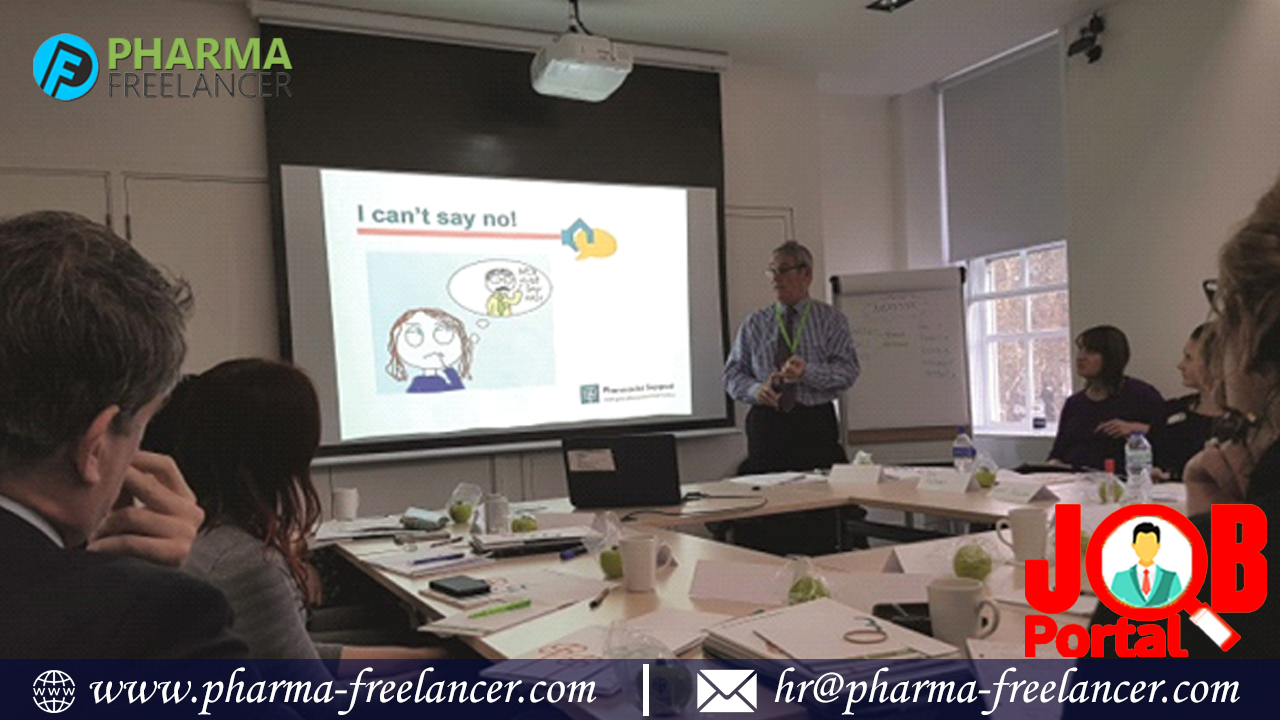Seven things you need to know about polypharmacy

Polypharmacy is a need for those aged people who have become vulnerable. Seniors tend to have more health issues and have a decreased ability to process medications. Taking multiple medications at the same time can lead to increased side effects, drug interactions and adverse complications as well.
There are seven things described below.
- It is possible to avoid over-prescribing: The center for disease control and prevention estimates that nearly half of outpatient antibiotic prescriptions in the United States are unnecessary. It’s important that doctors, physicians and those in pharmaceutical careers are educated on the dangers of over-prescribing and are encouraged to avoid it.
- Practice beyond Antibiotics: The idea is to move this practice beyond antibiotics, to also address other potentially conflicting prescriptions. This may not solve the problem entirely, but it can help remind doctors and pharmacists to be extra vigilant.
- Polypharmacy is related to the concurrent use of multiple medications by a patient. Polypharmacy is most common in the elderly, affecting about 40% of older adults living in their own homes.
- Always ask your question regarding side effects: This is always important for physicians, patients and pharmacists to take a stand and question the side effects and dangers that come with taking a spread of pills each day. The Washington Post highlights important questions to ask regarding prescriptions—it’s important to weigh the benefits and risks before blindly filling prescriptions or popping pills.
- Best practices for polypharmacy must be developed: Polypharmacy has its advantages for patient care, but it can be a slippery slope and create unwanted, negative effects and outcomes in inpatient care. A bethel says. “Best practices for polypharmacy must be developed to not only include the healthcare practitioners, pharmacists and pharmacy technicians who interact with patients, but also include the patients as well.” Pursuing a career in pharmacology and the topic of medicine enthralls as well.
- Know the technological advances: Technological advances are making this easier, and some electronic health record systems will ask doctors to provide a short “antibiotic justification note” if the medication is not deemed necessary based on a patient’s symptoms. In our modern, technologically advanced world prescription drugs play an important role. There is no doubt that it has made life easier and more comfortable for many people. However, there are disadvantages of widespread prescription drug use. The topic of polypharmacy fascinates everyone.
- Drug overdose can be dangerous: This might go without saying, but combining a large number of prescription drugs is precarious at a minimum and could become fatal if the risks have not been evaluated and discussed. For example, most users generally believe supplements like fish oil help their hearts.
- Estimate the misuse of drugs: Polypharmacy refers to the practice of prescribing patients five or more medications at the same time. While a good number of people take the drugs as prescribed, the survey found that nearly 16 percent of people misuse the drugs Nearly half of all Americans over the age of 12 take prescription pain relievers, tranquilizers, sedatives or stimulants, according to the National Survey on Drug use and health 119 million Americans, which is approximately 45 percent of the population.
Latest Blog List

Workforce planning in a changing landscape for pharmacy

Are We Paying Enough Attention to Data Security in Digital Health?

A pharmacist's guide to becoming more assertive.

Six ways to survive working as an on-call pharmacist

Reputational management: does pharmacy need it?

What I learnt from running a pharmacy focus group

Five alternative careers for pharmacists

Seven things you need to know about polypharmacy

A vision for the future of community pharmacy

How will technology aid an ageing world?